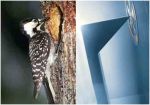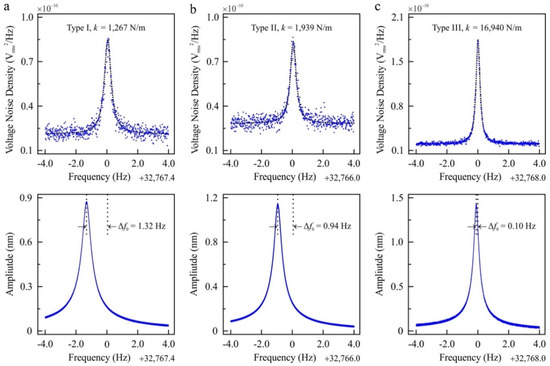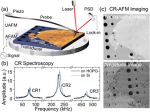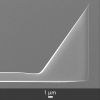

MRS Fall Exhibit 2019 in BostonMon Dec 02 2019
We’re all set up and ready to welcome you @Materials_MRS Fall Exhibit 2019 in Boston!
Don't forget to visit us and pick up your free sample of NanoWorld® Arrow-NCR AFM probes at NanoAndMore USA booth #612


We are often asked whether our ElectriCont-G probes are suitable for Conductive AFMMon Dec 02 2019
We are often asked whether our ElectriCont-G probes are suitable for Conductive AFM. These probes are not designed for C-AFM, although many of our customers use them as a cost-effective alternative to the much more durable conductive diamond coated probes such as the AIO-DD. The two current images show that C-AFM measurements are possible but hard to achieve. Fine-tuning of scan parameters is required to make the platinum coating on the apex last.
AFM measurements courtesy of the Institute for Semiconductor Technology and Nanoelectronics, Darmstadt University of Technology.








Amplitude Dependence of Resonance Frequency and its Consequences for Scanning Probe MicroscopyMon Oct 28 2019
Important work on amplitude dependence of resonance frequency in frequency modulation AFM by Peter Grütter’s research group at McGill University. Our OPUS 4XC-NN probes were used for testing.
https://www.mdpi.com/1424-8220/19/20/4510/htm
#AtomicForceMicroscopy #AFMProbes
https://www.mdpi.com/1424-8220/19/20/4510/htm
#AtomicForceMicroscopy #AFMProbes




NanoWorld Retro Trailer passes the 500 views markMon Oct 14 2019




NanoWorld Trailer Retro (2001)Wed Oct 09 2019








Second Day MNE 2019 – NANOSENSORS BlogTue Sep 24 2019


Nonlinear Biomechanical Characteristics of Deep Deformation of Native RBC Membranes in Normal State and under Modifier ActionMon Sep 23 2019
#ForceSpectroscopy #CellBiology #erythrocytes #AFMprobes

















